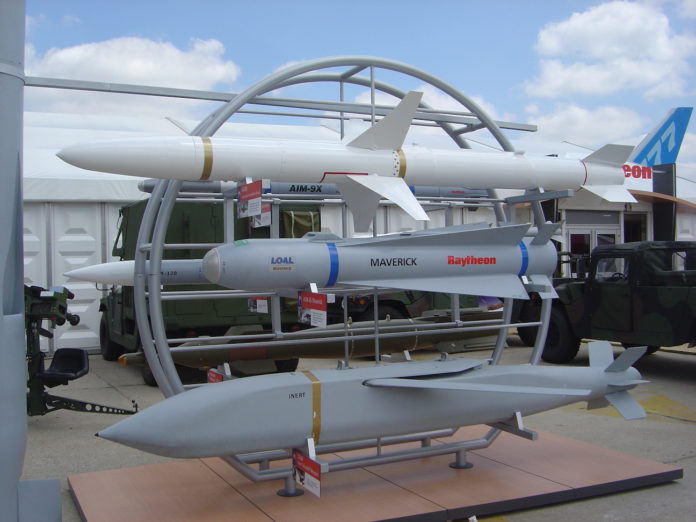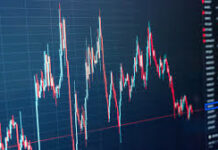Stocks plunged this morning as recession fears transformed from a bullish impulse to a bearish one. Two weeks ago, the market climbed alongside recession odds.
The assumption was that a recession would prompt the Fed to halt its rate hikes.
Now, though, investors are concerned that the recession will be rougher than initially expected. And, even worse, central banks may be forced to continue raising rates amid recession conditions.
The market ultimately recovered via yet another intraday rally to close flat, but recession fears kept bulls from truly breaking out.
Much of this was driven by last week’s Atlanta Fed GDP growth projection (GDPNow), which estimated that US GDP has contracted in both Q1 and Q2 of this year. Two consecutive quarters of negative GDP growth meets the textbook definition of a recession.
GDPNow has provided accurate estimates of actual GDP growth over the years. It’s highly likely that the US economy is already in a recession. We’ll know for sure when Q2’s GDP numbers are released in late August.
But, in all likelihood, a recession has arrived. This means the Fed’s next handful of rate hikes (which are expected to be in the 50 bps – 75 bps range) will occur during a recession. That’s about as bad as it gets for bulls.
“The US market is all about pricing in a slowdown, and pricing in the fact that the Fed is forced to hike rates into a slowdown,” said Allianz chief economic advisor Mohamed El-Erian.
The only thing worse would be a scenario in which a slowdown hits and only then does a central bank start to raise rates.
Sadly, that’s exactly what’s about to happen in Europe, where the European Central Bank is preparing to uncork a meager 25 bps rate hike at its July meeting. Up until now, the ECB hasn’t raised rates at all.
And the more significant rate increases won’t be coming until September despite sky-high inflation among the EU’s top nations. This has caused the euro to plummet relative to the US dollar over the last few weeks. Today, the euro cratered further, almost reaching 1:1 parity with the dollar.
“It is hard to find much positive to say about the [euro],” said Dominic Bunning, HSBC’s head of European FX Research.
“With ECB sticking to its line that we will only see a 25bp hike in July – at a time when others are hiking much faster – and waiting for September to deliver a faster tightening, there is also little support coming from higher yields.”
In the US, meanwhile, the 5-year/2-year Treasury yield spread just inverted for the first time since February 2020, indicating that economic expectations have shifted again. No matter where you look in the West these days, there’s little to be happy about financially.
That has long-term bulls terrified, and rightfully so. That’s also why stocks got rocked this morning.
But will they continue lower? At this point, it seems as though the selloff should only intensify with time despite the afternoon rally. Central banks are trying to balance a large number of “spinning plates” at the moment.
They’ll have more to keep spinning in the coming months, too, once the ECB finally gets serious about raising rates while the European economy screeches to a halt, making an already bad situation even worse.

Raytheon (NYSE: RTX) set a lower high over the last few trading sessions before closing below the 10-day moving average and its minor bullish trend (yellow trendline) this afternoon.
RTX joined the market in its afternoon recovery but still finished significantly lower on the day. The stochastic indicator suggests RTX has plenty of room to fall, too.
For those reasons, it might make sense to take RTX short with a trade trigger of $90.49, below today’s low, as the general market continues to look confused.








